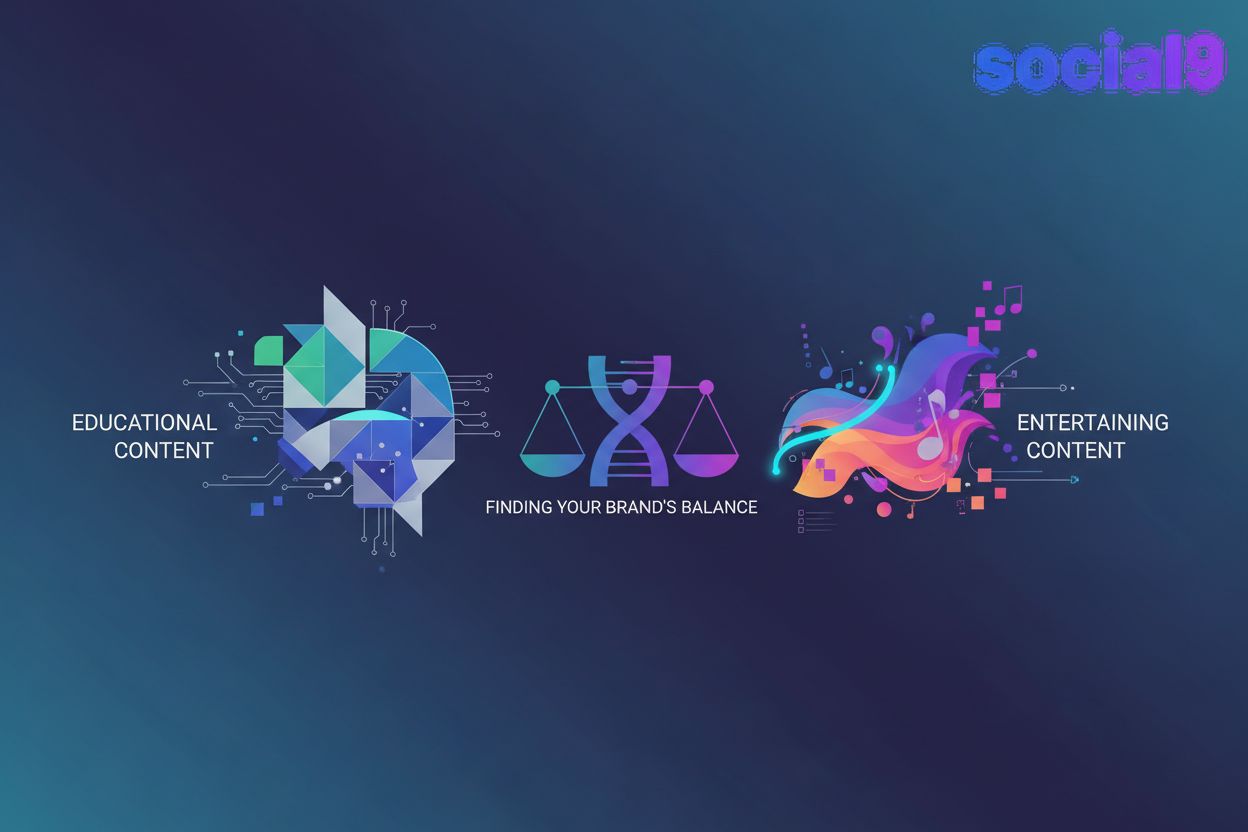What is the Evolution of Contemporary Subcultures?
TL;DR
Defining Subcultures: A Historical Overview
Alright, let's dive into the wonderfully weird world of subcultures. Ever stopped to think how these little pockets of shared passion actually get defined? It's more complicated than just liking the same music, trust me.
Subcultures are basically groups that have their own set of rules, values, and sometimes, really unique fashion senses. Think of them as smaller cultures within a larger one. A key point is that while they're distinct, they're still part of that main culture.
- Shared Values and Beliefs: These groups, whether its environmentalists or anime fans, have similar worldviews. You know, it's not just about what you do, but what you believe.
- Material Culture: Money matters—or rather, how you spend it. Different income levels can lead to different subcultures, from thrifty minimalists to luxury lifestyle enthusiasts.
- Social Institutions: Being part of something bigger, like a sports team or even parenthood, can create a subculture around shared experiences.
It's interesting to see how these groups change over time. It's not just about surface level values, but social interactions too. Subcultures have evolved from niche communities into the “cultural mosaic". Now, people can float between different subcultures, which blurs the lines between them.
Oh, and let's not forget the aesthetics! Visuals, music, art - it all plays a massive role in shaping these scenes.
So, what does it all mean? Well, subcultures are all around us, influencing everything from fashion to tech. They're a reminder that identity isn't one-size-fits-all; it's a mosaic of shared passions and unique expressions.
Early Examples of Subcultures Throughout History
Before the internet made connecting easier, subcultures still popped up, often around shared interests or social circumstances. Think about the beatniks of the mid-20th century, with their rejection of materialism, their love for jazz, and their distinctive fashion. Or the mods and rockers in 1960s Britain, whose rivalries were fueled by music, scooters, and distinct styles. These groups, while geographically limited, carved out their own identities and challenged the norms of their time. They show us that the impulse to form distinct groups with shared values and aesthetics is a long-standing human tendency.
The Rise of Digital Subcultures
Digital subcultures are kinda like those secret clubs you thought only existed in movies, except now they're global and powered by the internet. It's wild to think how much things have changed.
The internet and online communities really kicked things off. Remember those old Usenet and Bulletin Board Systems (bbs)? They weren't always pretty – think trolling, spamming, and flaming galore. It was the Wild West of the web, honestly.
- Cyberpunk literature definitely fueled the computer subculture. I mean, who didn't want to be a hacker after reading Neuromancer?
- The world wide web changed everything. Suddenly, niche interests could find each other, no matter where they were.
- Online gaming communities, forums, and chat rooms? Forget about it. They were the new hangouts, and some still are!
Generation X found its voice in Britpop and Grunge. I remember the debates – were you an Oasis fan or more of a Nirvana kinda person? It really mattered back then. These movements, amplified by the burgeoning digital landscape, showed how music and culture could coalesce around shared experiences and identities, even if those experiences were increasingly mediated by technology.
- Technological developments like the world wide web made these divisions even more pronounced. It was easier to find your tribe, no matter how obscure.
- Online game communities, forums, internet cafes… these became essential for connecting with like-minded folks. I spent way too much time in internet cafes back then.
- And then there's the rise of the anti-globalization movement. People started questioning the impact of tech and consumerism.
Today, it's all about micro-scenes. Vaporwave, ASMR, UK drill, makeup tutorials – these online-centric subcultures thrive on platforms like YouTube and Bandcamp. And podcasts? They're the new diy radio, building communities around shared audio experiences.
- These micro-scenes aren't tied to any particular location. Someone in Tokyo can be just as into a Brooklyn-based podcast as someone actually in Brooklyn.
- Small is bountiful in this world. Significance doesn’t need to be universal to matter.
So, what's next? Well, these digital subcultures are constantly evolving, and it's fascinating to watch. In the next section, we'll look at some specific examples of how subcultures are impacting the mainstream.
Contemporary Subcultures: Splintering and Merging
Okay, so subcultures are getting more popular—but what does that really mean? It's not all sunshine and rainbows; there's definitely a flip side to all this mainstream attention.
Think about it: subcultures thrive on being different, right? It's like their whole thing is going against the grain. So what happens when everyone suddenly wants to jump on the bandwagon? According to one study, subcultures are undergoing a process of mainstreaming, which enhances awareness and acceptance of niche cultures but also poses several challenges.
That's where things get tricky. See, a lot of these subcultures have a kind of built-in exclusivity—a "you're either with us or against us" vibe. This can lead to some serious friction with the mainstream!
Hebdige explores how subcultures articulate their resistance to mainstream culture through style and symbolic systems, indicating that mainstream culture often selectively absorbs the commercially viable aspects of subcultures while ignoring their rebellious spirit and that this process of “taming” is also an impediment to mass popularization.
And there's another issue, too. As these subcultures get more popular, their essence can get diluted, like a watered-down drink. You know, mainstream society tends to grab the surface-level stuff—the clothes, the music—but they often miss the deeper meaning, the why behind it all.
It also can cause misrepresentations. What happens is that subcultures enthusiasts are facing bullying and stigmatization both in their everyday lives and online.
It's easy to see this play out on platforms like YouTube, where subcultures often find their voice. The increased visibility can be a double-edged sword.
As we wrap up here, it's clear that the evolution of subcultures is a complex dance— a balancing act between staying true to their roots and navigating the ever-changing landscape of mainstream society. In the next section, we'll be diving into the future of subcultures and how technology is shaping their evolution.
Consumption and Identity: How Subcultures Influence Marketing
Okay, so you're a content creator, right? Ever wonder how those weird online subcultures influence your work? It's deeper than just spotting a trend; it's about understanding how identity and consumption collide.
Think of subcultures as ready-made niche markets. Like, you wouldn't try selling vegan cookbooks at a barbecue competition, would you? It's the same idea. If you're selling high-end sneakers, you're talking to sneakerheads. If you're promoting extreme sports gear, you're after the adrenaline junkies.
- Sneakerheads: Obsessed with rare and limited-edition kicks.
- Hip-hop subculture: Music, fashion, and lifestyle intertwined.
- Extreme sports enthusiasts: Always chasing the next big thrill.
Etsy, for example, thrives by catering to the "hipster" subculture with handmade and vintage goods. It’s like they’ve built their whole business model around a specific aesthetic and set of values.
Race and ethnicity aren't just demographics; they're also powerful elements of personal and social identity. That's where language and cultural traditions really kick in. They are like the glue that keeps these communities together.
- Language: Preserves cultural heritage and identity.
- Cultural traditions: Reinforce ethnic identity through customs and celebrations.
- Coping with societal bigotry: Ethnic pride can be a real shield against discrimination.
People find strength in their heritage, especially when facing prejudice. It's not just about keeping traditions alive; it's about surviving and thriving.
These labels are always shifting, honestly. What was once seen as "high culture" can become "pop culture" over time, and vice versa. Think Shakespeare—highbrow now, but it was the Netflix of its day.
Labels of high culture and popular culture vary over time and place.
And popular culture really affects gender ideology. What's considered "masculine" or "feminine" is constantly shaped by movies, music, and social media.
Understanding how subcultures work and how they influence marketing is key to creating content that connects. In the next section, we'll be diving into the future of subcultures and how technology is shaping their evolution.
Challenges and Criticisms: The Dark Side of Mainstreaming
Okay, so subcultures hitting the mainstream? It's not all good vibes and shared playlists, honestly. There's a kinda dark side to it, and it's not just about "selling out," you know?
Subcultures, like, live on being different, right? It's about going against the grain, finding your own space. But what happens when everyone wants in? It's complicated.
- Clash of values: Subcultures often clash with mainstream culture, creating this "us vs. them" vibe. It's kinda like a secret club with its own rules, and outsiders aren't always welcome. For example, the punk movement's anti-establishment ethos directly challenged societal norms, leading to friction with authorities and older generations who viewed their style and music as disruptive.
- Selective absorption: Mainstream culture tends to cherry-pick the cool, marketable bits, totally missing the point of the OG subculture. It's like grabbing the aesthetic without the soul. Think about how certain fashion trends originating from hip-hop culture are adopted by major brands, often stripped of their original meaning and context.
- Lost in translation: As subcultures get popular, their cultural markers can fade, leaving OG followers feeling disconnected. They're like, "Wait, this isn't my thing anymore." This can be seen with the evolution of certain online gaming communities, where the original tight-knit feel gets lost as more casual players join.
It’s like when your favorite dive bar gets a makeover—suddenly, it's not the same, is it?
- Superficiality alert: Mainstream society often grabs the surface-level stuff, like clothes and music, but ignores the deeper meaning. It's all about the look, not the feels.
- Commodification overload: Overusing subculture symbols and getting consumed by consumerism dilutes its message and impact.
- Repackaged rebellion: Subcultures get turned into fashion trends, losing their rebellious spirit. It's like selling anger as a cute accessory.
Not everyone is gonna get it; that's the reality.
- Resistance from the olds: Conservatives and older generations often struggle with subcultures. They just don't get it. We see this in media portrayals of youth subcultures often being framed as problematic or dangerous by older commentators.
- Stereotype city: Negative stereotypes and misconceptions label subcultures as deviant, eccentric, or just plain weird. Goth culture, for instance, has often been unfairly associated with negativity or violence due to superficial interpretations of its aesthetics.
- Social Outcasts: Subcultures face social exclusion for not fitting mainstream norms. It can be tough when you're always on the outside.
So, what's next for subcultures? Can they stay true to themselves while navigating the mainstream? It's a tough balancing act, and only time will tell.
Conclusion: Navigating the Future of Subcultures
Navigating subcultures ain't always smooth sailing, ya know? It's like trying to find your way through a maze designed by someone on way too much caffeine.
Mainstreaming can bring awareness but can also cause challenges. It's a tricky balance, like a band trying to go mainstream without "selling out"—which, honestly, is getting harder to define. The lines between authentic expression and commercial exploitation are so blurred now.
- Subcultures risk losing their rebellious edge when they get too popular; it's like that dive bar that gets a fancy makeover and loses its soul.
- The original values can get diluted, and that's a bummer for the folks who were there from the start.
To make it work, we need more respect, less judgement. Subcultures and mainstream culture should try to get along without losing what makes them special. It's like a remix that actually improves the original, instead of ruining it, you know? The future of subcultures will likely involve even more fragmentation and hybridization, driven by ever-evolving technology and a constant human need to belong.





